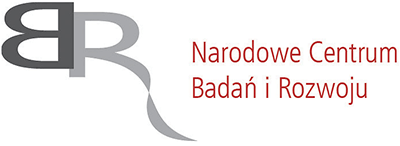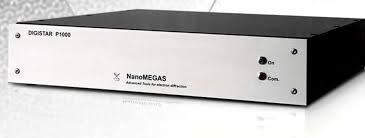3D precession diffraction tomography
Description
DigiSTAR-precession electron diffraction (PED) device enables the collection of quasi-kinematical intensities (X-Ray like) in any TEM. PED in combination with powerful software (3D difffraction tomography) enables the reconstruction of the reciprocal cell of any nanomaterial and the automatic measurement of the reflection intensities.In this way you can use your TEM as a powerful tool to solve any nanocrystal structure with performance comparable to the most advanced Synchrotron beamlines.
Specification
- Works with any TEM with 120-200-300 kV LaB6/W or FEG filament
- Selected area (SAED) or Nanobeam (NBD) mode
- Smallest crystals used: ~100nm organics & ~20nm inorganics
- Application for agglomerated / embedded samples Polyphasic materials
- Diffraction data collection with any CCD camera (35mm port or on axis)1k x 1k or higher
- Diffraction data collection with single tilt holder /tomography holder or cryoholder(for beam sensitive samples)
- Minimum tilt (for cell parameters determination) -15°/+ 15° 1°step. Recommended tilt (for crystal structure determination)-45°/+45° 1° step.
- DigiSTAR compatible with any TEM
- Manual / automatic PED data collection (TEM config. dependent)
- Software for 3D diffraction tomography (ADT 3D)
- Reconstruction of reciprocal space by collected PED patterns
- Automatic cell parameter determination (2-5% error)
- Space group determination
- Automatic measurement of 3D reflection intensities for ab-initio structure determination of any structure.
Consumables
https://micro-shop.pl/kategoria-produktu/tem/siatki-z-pokryciem-carbon/
For more supplies, please visit our online store Micro-Shop.




